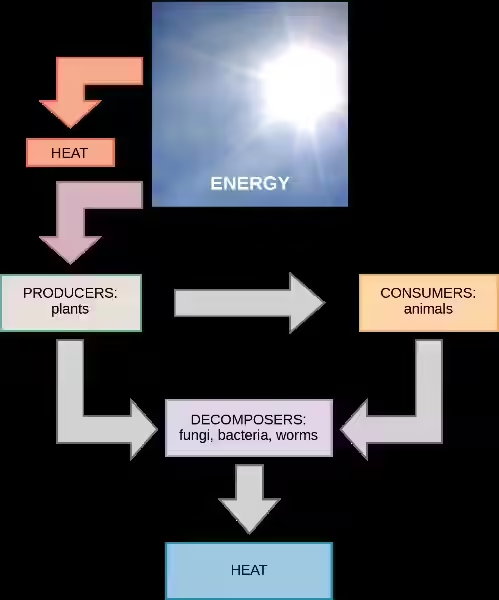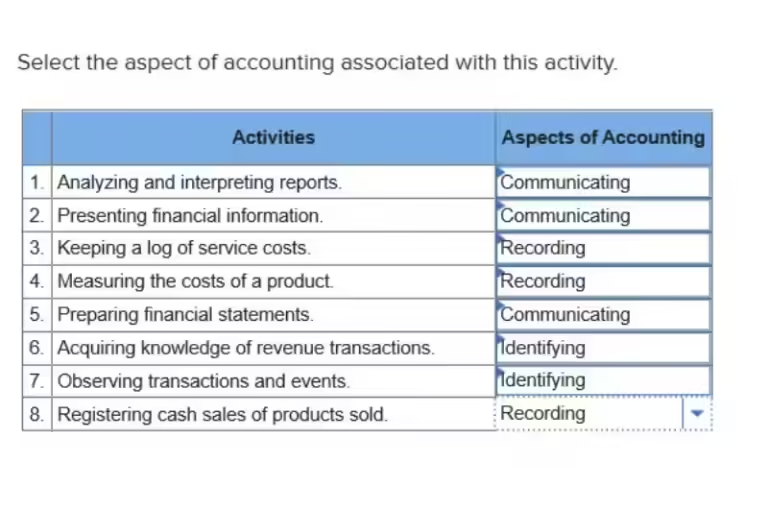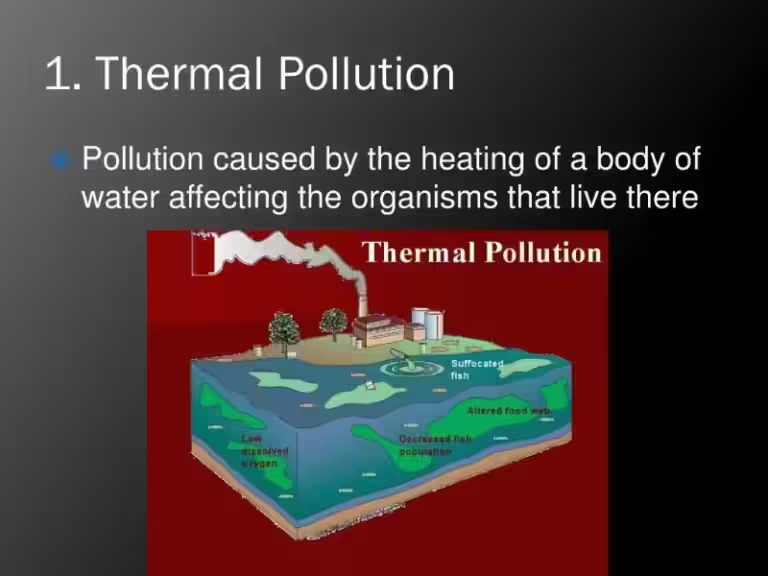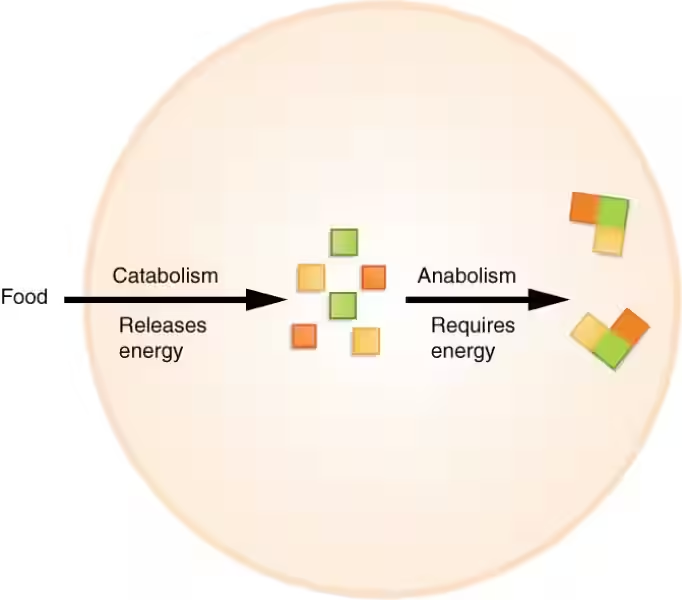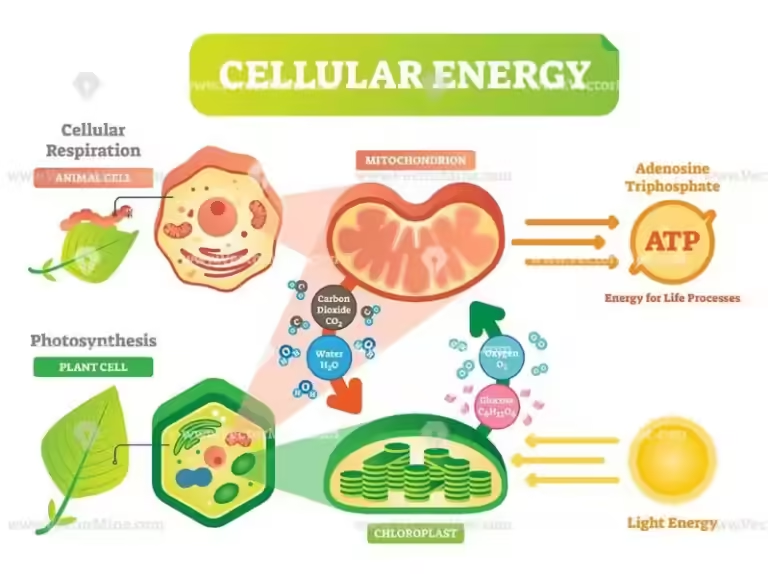Delving into the World of Non-Facility Level Activities
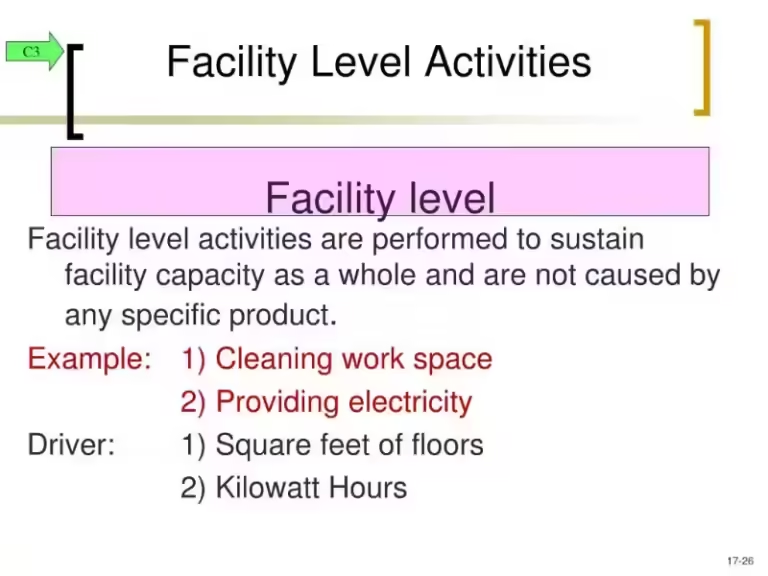
In the realm of organizational operations, understanding the various activities that drive success is crucial. While facility-level activities are essential for maintaining a functional workspace, it's equally important to recognize those activities that extend beyond the physical confines of the organization. This exploration delves into the intriguing world of non-facility level activities, unveiling their significance and highlighting their impact on overall organizational performance.
Think of a bustling city, with its towering skyscrapers, bustling streets, and vibrant public spaces. The buildings themselves represent the physical infrastructure - the facilities. But the city's true essence lies in the activities that occur within and around these structures. We see people going to work, businesses exchanging goods and services, and citizens interacting in various ways. These actions, happening simultaneously and interwoven, represent the lifeblood of the city. Similarly, organizations thrive not just on their physical infrastructure but on the diverse activities that unfold within and beyond their walls.
Unveiling the Scope of Non-Facility Level Activities
While facility level activities encompass tasks directly related to the physical space, such as maintenance, cleaning, and security, non-facility level activities transcend these boundaries. They encompass a broader spectrum of operations that drive the core functions of an organization, connecting with its external environment and shaping its overall strategy.
Consider a software development company. Facility level activities might involve maintaining the office space, ensuring internet connectivity, and providing employees with necessary equipment. However, non-facility level activities encompass a much wider scope, including:
- Product development: Brainstorming new features, coding software, testing and debugging applications. This activity is crucial for the company's core business and impacts its competitive edge.
- Marketing and sales: Reaching out to potential customers, promoting the software, and closing deals. These activities contribute directly to revenue generation and business growth.
- Customer support: Addressing customer queries, resolving technical issues, and providing ongoing assistance. This activity builds customer loyalty and enhances brand reputation.
Beyond the Physical: The Tangible and Intangible Aspects
Non-facility level activities can be broadly categorized into tangible and intangible aspects. Tangible activities involve physical actions and outputs, such as manufacturing products, delivering services, or conducting research. These activities are often measurable and have a direct impact on the organization's bottom line.
Intangible activities, on the other hand, encompass less tangible elements like knowledge creation, innovation, and communication. These activities are often harder to quantify but are equally crucial for long-term organizational success. They contribute to building a strong brand, fostering a positive company culture, and driving strategic decision-making.
Examples of Intangible Non-Facility Level Activities:
- Strategic planning: Defining the organization's vision, setting goals, and developing a roadmap for the future.
- Human resource management: Recruiting, training, and developing employees, fostering a positive work environment, and managing employee performance.
- Research and development: Exploring new technologies, developing innovative products or services, and pushing the boundaries of knowledge.
The Crucial Interplay: Connecting Facility and Non-Facility Activities
While facility and non-facility level activities appear distinct, they are intricately interconnected. A well-maintained facility can enhance employee productivity, leading to improved performance in non-facility level activities. For example, a comfortable and ergonomic workspace can encourage employees to focus and innovate, boosting their contributions to product development or customer service.
Similarly, successful non-facility level activities can drive the need for facility upgrades. A rapidly growing software company might require larger office space, advanced technology infrastructure, or dedicated training facilities to accommodate its expanding workforce and evolving business needs.
Navigating the Complexity: A Holistic Approach to Organizational Success
Understanding the distinction between facility and non-facility level activities is essential for organizations seeking to achieve optimal performance. By recognizing the interconnected nature of these activities, organizations can develop a holistic approach to operations, maximizing efficiency, productivity, and competitiveness.
This realization empowers leaders to allocate resources effectively, prioritize strategic initiatives, and foster a dynamic and thriving organizational ecosystem. By embracing a comprehensive perspective that encompasses both the physical and the intangible aspects of organizational operations, organizations can unlock their full potential and navigate the complexities of the modern business landscape with confidence.
Facility Level Activities of an Organization Would Not Include:
What are facility level activities?
Facility level activities are those that are not directly related to the production of goods or services. They are typically incurred at a fixed cost, regardless of the level of production.
What are some examples of facility level activities that would not be included?
Examples of facility level activities that would not be included in the cost of goods sold (COGS) include:
* Rent
* Utilities
* Insurance
* Property taxes
* Salaries of administrative personnel
* Depreciation of equipment used for general purposes
* Marketing and advertising costs
What is the difference between facility level activities and product level activities?
Product level activities are those that are directly related to the production of goods or services. They are typically incurred as a variable cost, meaning that the cost increases as the level of production increases.

